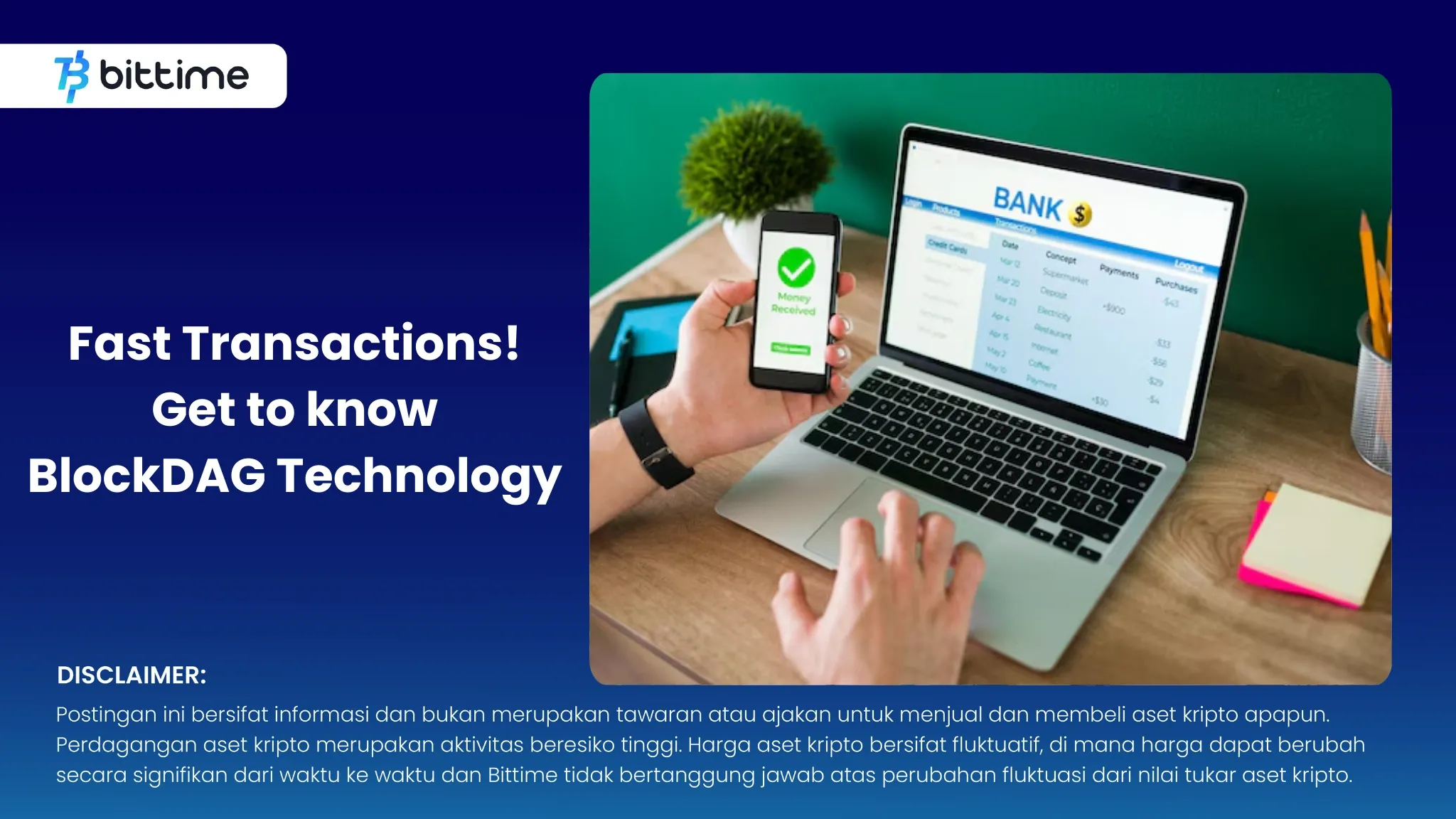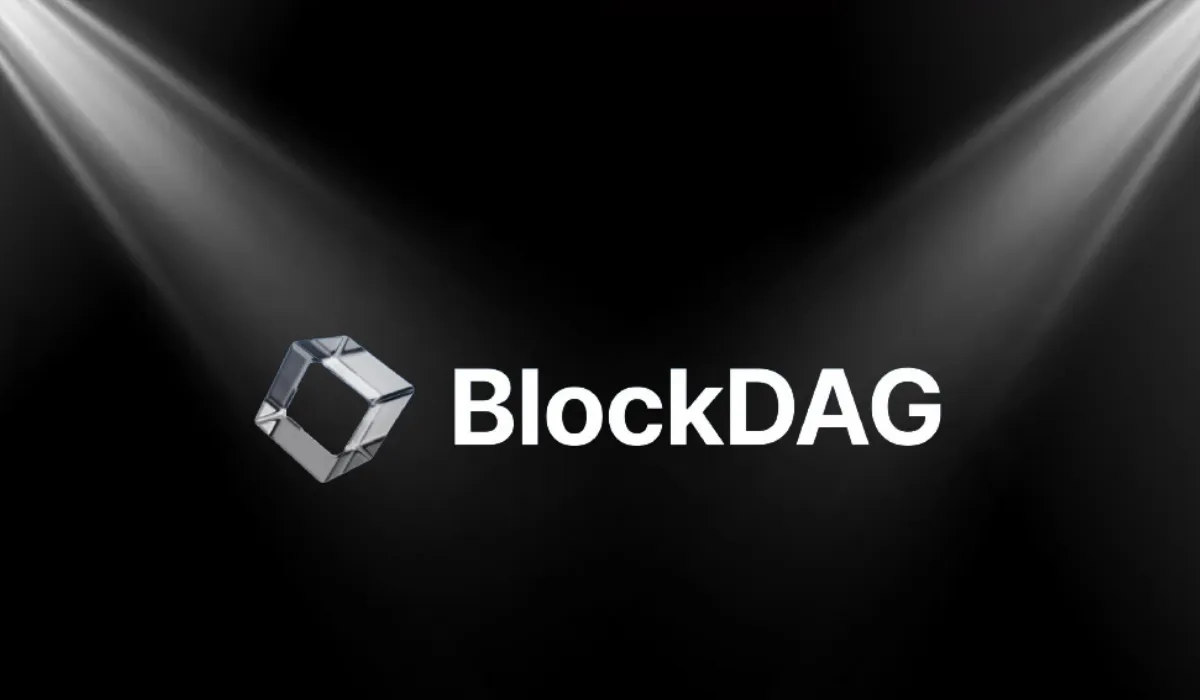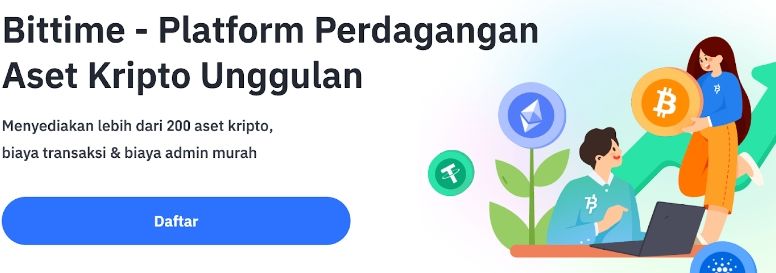Fast Transactions! Get to know BlockDAG Technology
2024-07-10
Bittime – The world of blockchain technology continues to innovate to overcome existing limitations. One interesting breakthrough is BlockDAG (Block Directed Acyclic Graph). BlockDAG offers a different approach to addressing the scalability and transaction speed issues that traditional blockchains often face. This article will discuss the BlockDAG concept, how it works, and its potential for the future of decentralized technology.
Getting to Know Blockchain: The Foundation of BlockDAG
The basic concepts of blockchain need to be understood before getting to know BlockDAG. Conventional blockchain stores transactions in blocks that are arranged linearly and chronologically. Each block contains a collection of transactions, a link to the previous block using a cryptographic hash, and a timestamp.

Once added to the chain, the data in the block cannot be changed. This means transactions are processed sequentially, taking time, so the system can only handle a limited number of transactions per second.
BlockDAG: breaks the scalability barrier
BlockDAG, which means Block Directed Acyclic Graph, offering an alternative solution to the traditional blockchain linear structure. Instead of adding blocks sequentially, BlockDAG uses a directed acyclic graph (DAG) structure to form a network of blocks.
In simple terms, each block in a BlockDAG is connected to several other blocks, forming a network pattern that does not follow a straight line. This allows for faster transaction processing because each node in the network can handle multiple transactions simultaneously.
How BlockDAG Works
Struktur Directed Acyclic Graph (DAG):
The core of BlockDAG is a Directed Acyclic Graph (DAG) structure. In this structure, each connection has a specific direction and you cannot return to the same block by following that path. This design allows multiple routes and branching, so blocks can be linked to multiple parent blocks.
Parallel Transaction Processing:
Traditional blockchains process transactions sequentially, which can cause bottlenecks. BlockDAG, on the other hand, enables parallel processing. Multiple blocks, each pointing to a different set of parent blocks, can be added simultaneously. This parallelism can drastically improve a network's ability to handle more data and operate faster.
Conflict Resolution:
One of the challenges in the BlockDAG system is ensuring consensus and resolving conflicts. Because multiple blocks can be added simultaneously, conflicting transactions may occur. The BlockDAG system uses various consensus mechanisms to resolve these conflicts. Some use a variant of the Proof of Work (PoW) algorithm, while others may use Proof of Stake (PoS) or other consensus methods.
BlockDAG advantages
High Scalability:
The main advantage of BlockDAG is its high scalability. Because blocks are processed simultaneously across the network, the system can handle a larger amount of activity compared to traditional blockchains. This makes it suitable for a variety of purposes, from small payments to large financial transactions.
Increased Throughput:
Transaction throughput in the BlockDAG system increases significantly due to the use of parallel processing. This is especially useful for tasks that require fast and extensive transaction processing, such as in the financial sector and supply chain management.
Enhanced Security:
BlockDAG is also very secure. Since each block is connected to several other blocks, it is very difficult for a single node to control the system. Additionally, the BlockDAG system is more resistant to attacks and hacks compared to traditional blockchains, with a consensus mechanism built to withstand various forms of attack.
Check Today's Crypto Market:
BlockDAG Challenges and Considerations
Complexity:
Developing and maintaining a BlockDAG system requires higher complexity compared to a regular blockchain. Handling multiple blockchains, resolving disputes, and reaching agreements in more complex networks introduces additional complexity.
Consensus Mechanism:
Creating an efficient consensus mechanism for BlockDAG proved to be a difficult task. These mechanisms need to ensure security, efficiency, and scalability while resolving conflicts and maintaining network integrity.
Adoption and Compatibility:
As with any new technology, BlockDAG may take time to become widely adopted. Its success depends on compatibility with current systems and the ability to work with other blockchains.
Also Read How To Buy Crypto:
Conclusion
BlockDAG is present as an innovative blockchain alternative by offering high scalability, capable throughput, and guaranteed security. Its DAG structure enables parallel transaction processing, so BlockDAG can handle more activities and transactions more quickly than traditional blockchains.
Despite some challenges such as complexity and consensus mechanisms, BlockDAG shows great potential to advance decentralized technology. With continued development and adoption, BlockDAG can play an important role in the future of blockchain and open up new opportunities for a variety of decentralized applications.
How to Buy Crypto on Bittime
You can buy and sell crypto assets easily and safely via Bittime. Bittime is one of the best crypto applications in Indonesia which is officially registered with Bappebti.
To be able to buy crypto assets on Bittime, make sure you have registered and completed identity verification. Apart from that, also ensure you have sufficient balance by depositing some funds into your wallet. For your information, the minimum purchase of assets on Bittime is IDR 10,000. After that, you can purchase crypto assets in the application. Study Complete Guide How to Buy Crypto on Bittime.
Monitor graphic movement of Bitcoin (BTC) price, Ethereum (ETH), Solana (SOL), and other cryptos to find out today's crypto market trends in real-time on Bittime.
Disclaimer: The views expressed belong exclusively to the author and do not reflect the views of this platform. This platform and its affiliates disclaim any responsibility for the accuracy or suitability of the information provided. It is for informational purposes only and not intended as financial or investment advice.


